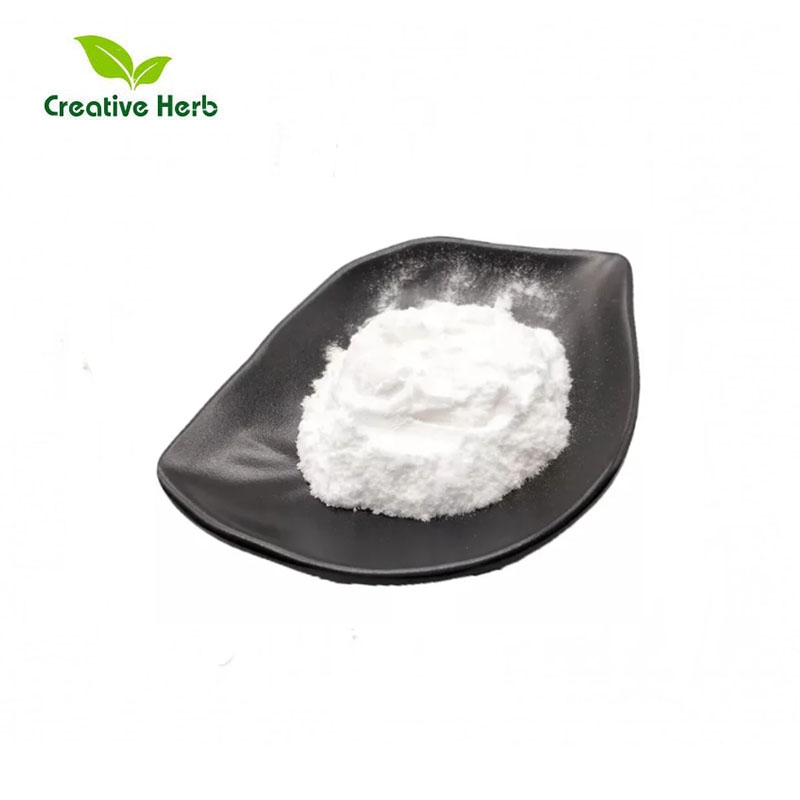The new mechanism of insect detoxification to plant aromatic rosin diterpene was found
-
Last Update: 2019-12-28
-
Source: Internet
-
Author: User
Search more information of high quality chemicals, good prices and reliable suppliers, visit
www.echemi.com
Rosin diterpenoids are a kind of natural products which are ubiquitous in plants They have a wide range of biological activities, including many important pharmacological activities and significant ecological functions The aromatic abietanoids are the largest subclass of the abietanoids They contain characteristic aromatic C-rings in their structure and have high stability They are difficult to be metabolized and degraded by other organisms They have strong defensive functions against phytophagous insects Li Shenghong, research group of active natural products discovery and biosynthesis team of Kunming Institute of Botany, Chinese Academy of Sciences, has been devoted to the unique Himalayan Labiatae plant Leucosceptrum for many years The research on the secondary metabolites and their biological functions of canum) has previously analyzed the proline-p-benzoquinone conjugate, a novel pigment that causes the colored nectar of rice floss, and its function of attracting pollinating birds (org Lett 2012, 14: 4146-4149), and a series of novel, variable structure and important defensive functions of the hemiterpenes of myritamarine (angelw Chem Int ed 2010, 49:4471-4475; org Lett 2011, 13:1864-1867; org Lett 2012, 14:5768-5771; org Lett 2014, 16: 6416-6419), the key enzyme gfdps in the biosynthesis of plant sesquiterpenes was identified, and it was first revealed that sesquiterpenes were synthesized in plastids through MEP pathway (plant cell, 2016, 28:804-822; cover article) In addition, the research team recently found that there are abundant cytotoxic active aromatic rosin diterpenes (phytochemistry, 2019157:43-52) in rice ball flowers The existence of a large number of defense functions and toxic terpenoids makes the flower rarely eaten by phytophagous insects However, after years of observation, the research team found that the larvae of the Green Peacock nocturnal moth (nacna malachitis) can adapt to the rice flower plant and specifically eat the leaves of the plant Two diterpenoid polyolefins with novel 11,12-broken rosin skeleton, nacnabietanins a (1) and B (2), were found in the feces collected and analyzed by feeding the leaves of rice ball flowers in laboratory Both of them are very unstable, and they degrade spontaneously in the process of refrigerator storage after structure determination This kind of 11,12-cleavage leads to the very rare rosin alkane diterpene with aromatic C ring opening, which has not been found in nature before and has never been reported in the form of chemical synthesis intermediates It is speculated that they are respectively generated by a large number of compounds 3 and 4 in the flower leaves of rice balls in insect body through special enzyme catalysis This enzymatic metabolism process, which cleaves the aromatic ring into two terminal bonds, may be a special detoxification mechanism of the larva of Spodoptera viridis to the toxic aromatic rosin diterpene The results revealed a novel detoxification mechanism of insect to plant aromatic rosin diterpene, which may also be used by insect to degrade other aromatic plant toxins and to produce resistance to insecticides with benzene ring structure At present, the research results are published on organic letters under the title of detoxication of plant aromatic abietanoids via clarity of the benzene ring into 11, 12 seco diterpene polynes by a special insight of leucoscepstrum canum Guo Kai, Ph.D of the research group, was the first author of the article, and Li Shenghong, the corresponding author The research was supported by National Science Fund for Distinguished Young Scholars and key and general programs of NSFC.
This article is an English version of an article which is originally in the Chinese language on echemi.com and is provided for information purposes only.
This website makes no representation or warranty of any kind, either expressed or implied, as to the accuracy, completeness ownership or reliability of
the article or any translations thereof. If you have any concerns or complaints relating to the article, please send an email, providing a detailed
description of the concern or complaint, to
service@echemi.com. A staff member will contact you within 5 working days. Once verified, infringing content
will be removed immediately.







